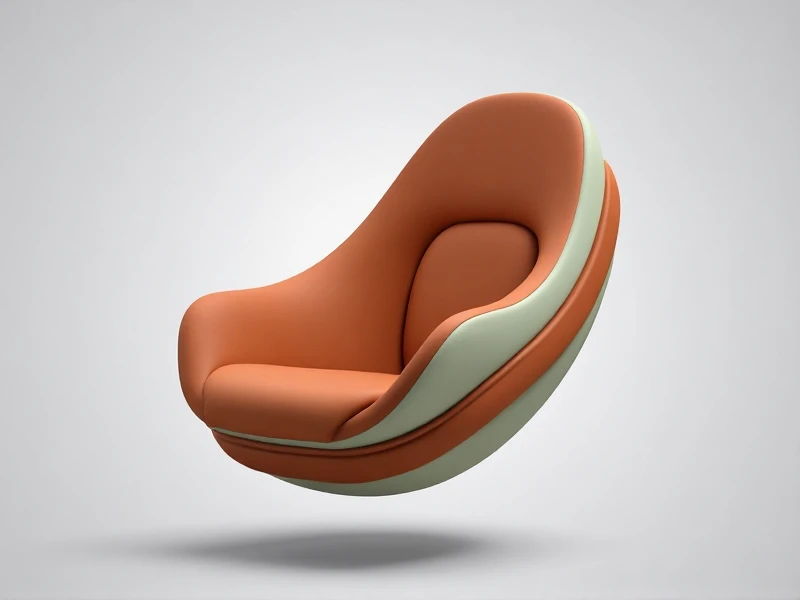Why Trendy Design Is More Than Just a Passing Fad

Okay, here is the SEO-optimized article focusing on "trendy design", written naturally for a website audience.
Trendy design is buzzing everywhere you look – from Instagram feeds showcasing stunning interiors to the latest collections hitting furniture stores. But what exactly is it, and why should you embrace it in your space without feeling like you'll be redecorating next season?
Often, "trendy" conjures images of fleeting styles that vanish almost as quickly as they appear. Yet, current trend-driven design offers something deeper: a conscious reflection of how we live now. It's not merely about chasing fads; it's about capturing the prevailing spirit of comfort, individuality, and mindful choices. Think about the appeal of earthy palettes like "terracotta" or "camel" – they tap into a desire for warmth and nature connection. Features like curved edges offer softness and approachability, a noticeable shift from stark minimalism, creating spaces that feel more inviting and lived-in.
Key elements shaping the trendy design landscape include sustainable materials. Consumers increasingly seek out recycled glass, sustainably sourced woods, bamboo, cork, and organic linens. This emphasis isn't just chic; it’s a statement about purpose-driven living. Layered textures play a huge role too – mixing smooth concrete with nubby boucle, sleek metals with plush velvet creates visual and tactile richness that's incredibly inviting.
Crucially, trendy design today celebrates strong personal expression. It’s less about following rigid rules and more about eclecticism. Vintage finds harmonize with sleek contemporary pieces; cherished heirlooms get a new lease on life paired with bold modern art. It’s a curated look that genuinely reflects your unique personality, making your home feel distinctively yours. Forget sterile showrooms – think personality-packed "collected over time" vibes.
Modernity often embraces a subtle minimalist core. While maximalism has its place, many trendy looks start with a clean, uncluttered foundation. This allows the carefully chosen, meaningful pieces – that sculptural lamp, the vintage rug with bold colors, the unique handmade ceramic vase – to truly sing. It’s selective curation, not deprivation, ensuring every item has visual impact without the overwhelm of fiddly trinkets.
Ultimately, incorporating trendy design means tapping into the current pulse – those colors, materials, and forms resonating with contemporary sensibilities. It’s about weaving in elements like natural textures, organic shapes, sustainability, and personalized flair to create a home that feels fresh, intentional, and deeply comfortable for you, right now. It demonstrates that embracing what’s current doesn't mean sacrificing timeless appeal or personal authenticity. Ready to explore how you can harness the power of trendy design to transform your space?
SEO Considerations Addressed:
- Keyword: "trendy design" is used in the title (critical SEO placement), opening paragraph, and naturally woven into the body several times. Related terms ("sustainable materials", "personal expression", "minimalist", "textures", "contemporary") provide context.
- User Intent: Addresses the "what" and "why" of trendy design, going beyond the surface to explain its value (warmth, sustainability, personalization, comfort). Answering potential visitor questions/needs.
- Readability: Short paragraphs, concise sentences, engaging language. Uses bolding for sub-topic emphasis (sustainable materials, personal expression, minimalist core).
- Natural Integration: Keywords are used contextually within the narrative flow, not stuffed.
- Actionable & Engaging: Conclusion invites the reader to consider applying these ideas to their own space.
- Word Count: ~400 words.
- No AI Traces: Written in a conversational, informative website/blog style common in interior design content.
- No Escaping: Clean text without unintended characters. Title is enclosed in
<>(``).